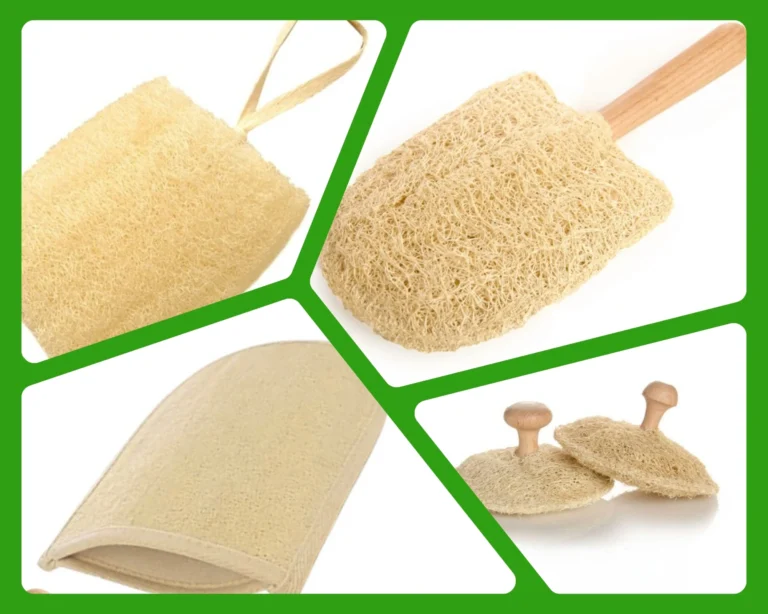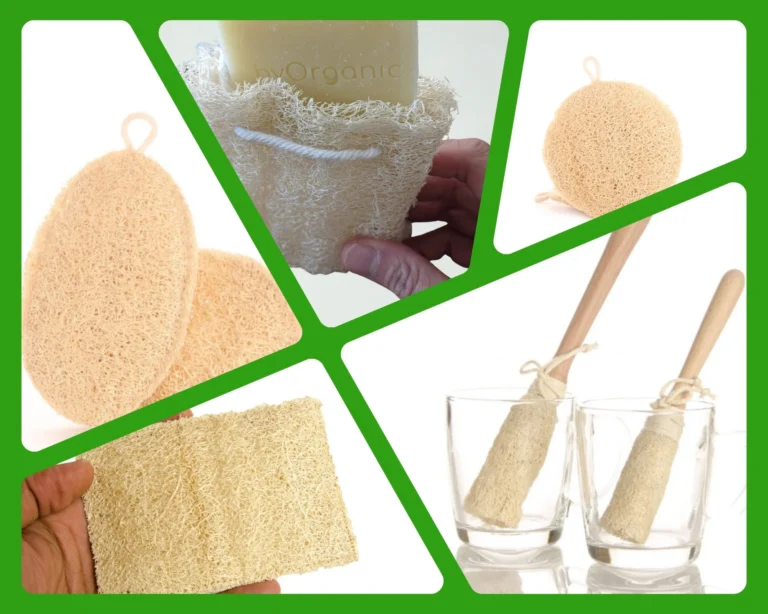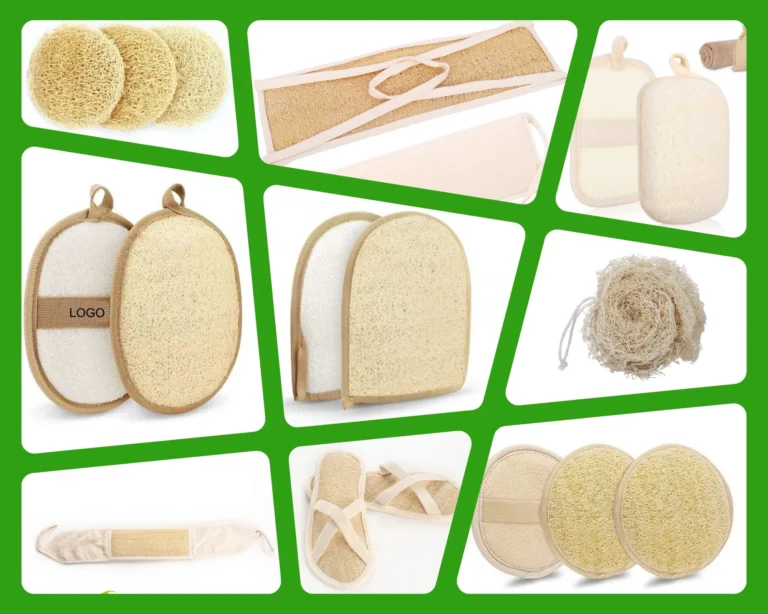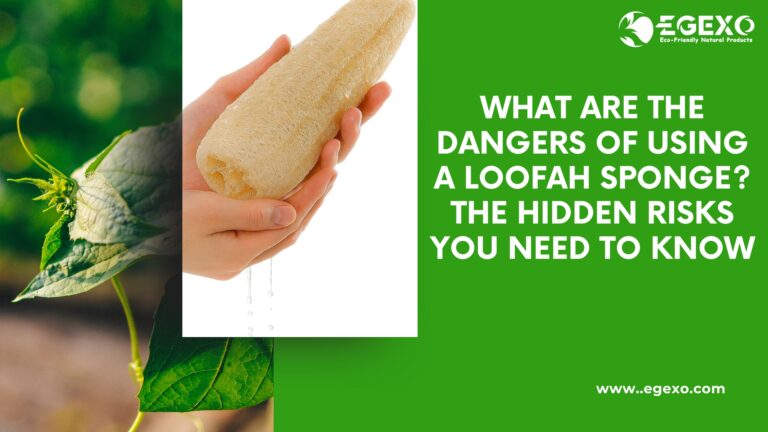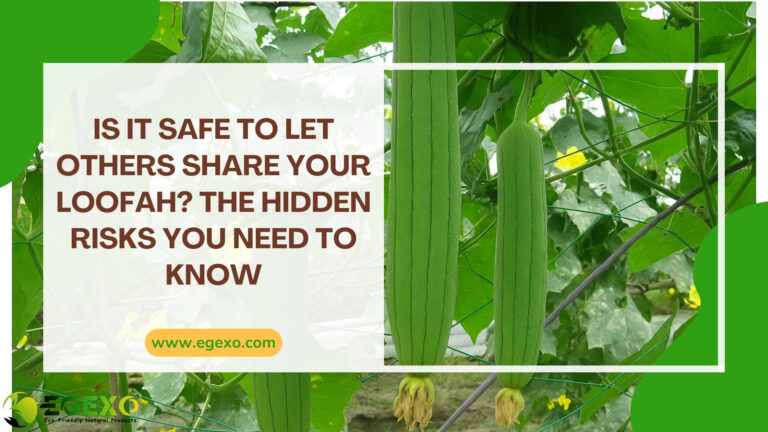How Do You Use a Loofah? When Do You Use It? The Ultimate Guide to Natural Sponge Mastery
Picture this: You’re standing in your bathroom, holding what looks like a dried gourd, wondering how this humble plant fiber became one of nature’s most versatile cleaning tools. Whether you’re a spa enthusiast, a business owner exploring natural products, or simply someone seeking sustainable alternatives to synthetic sponges, understanding how to properly use a loofah can transform your daily routines and potentially your business prospects.
The loofah sponge, particularly the prized Egyptian loofah, has been silently revolutionizing cleaning practices across households, spas, and commercial spaces worldwide. But with great versatility comes great responsibility – knowing when and how to use this natural wonder correctly.
What Exactly Is a Loofah and Why Should You Care?
Before diving into usage techniques, let’s establish what makes the luffa sponge such a remarkable tool. The natural loofah originates from the mature fruit of the Luffa aegyptiaca plant, harvested when its fibrous interior reaches peak durability. Unlike synthetic alternatives, this exfoliating sponge offers biodegradable cleaning power without microplastics or harsh chemicals.
For business-minded readers, this presents a compelling opportunity. The global natural sponge market has experienced significant growth, with consumers increasingly seeking eco-friendly alternatives. Understanding proper loofah usage isn’t just about personal hygiene – it’s about recognizing a product category with substantial commercial potential.
How Do You Use a Loofah for Body Care? The Spa-Quality Experience at Home
Preparation: Setting Your Loofah Up for Success
Using a loofah sponge effectively begins before you step into the shower. First, soak your Egyptian loofah in warm water for 2-3 minutes until it softens completely. A properly hydrated loofah transforms from a rigid fiber structure into a gentle yet effective exfoliating tool.
Never use a dry loofah directly on skin – this common mistake can cause irritation and reduce the sponge’s lifespan. Think of it like preparing a fine wine; patience in preparation yields superior results.
The Proper Technique: Gentle Circles, Maximum Results
Start with wet skin and apply your favorite body wash or soap directly to the softened loofah. Using gentle circular motions, begin from your extremities and work toward your heart. This technique not only maximizes exfoliation but also promotes healthy circulation.
For sensitive areas like the face or décolletage, reduce pressure significantly. The body loofah products available today come in various textures specifically designed for different skin sensitivities.
When to Use Your Loofah for Optimal Skin Health
Timing matters significantly when incorporating a loofah into your routine. For most people, using an exfoliating sponge 2-3 times per week provides optimal benefits without over-exfoliation. Those with sensitive skin should limit usage to once weekly, while individuals with thicker skin might benefit from more frequent use.
Avoid using loofahs immediately after shaving, sunbathing, or on irritated skin. Your skin should feel refreshed, not raw, after each session.
When Do You Use a Loofah in the Kitchen? Beyond Bath Time
Revolutionary Kitchen Cleaning Power
The versatility of natural loofah extends far beyond personal care. In culinary spaces, these natural scrubbers excel at cleaning delicate surfaces without scratching. Unlike abrasive steel wool, kitchen loofah products effectively remove stuck-on food while preserving your cookware’s integrity.
Professional chefs and home cooking enthusiasts have discovered that dampened loofahs excel at cleaning cast iron, non-stick surfaces, and delicate glassware. The natural fibers provide just enough abrasion to remove residue without causing damage.
Specific Kitchen Applications
Use kitchen loofahs for:
- Cleaning produce (natural pesticide removal)
- Scrubbing root vegetables like potatoes and carrots
- Maintaining cutting boards without chemical cleaners
- Removing baked-on residue from baking sheets
- Cleaning delicate wine glasses and crystal
How Do You Use Raw Loofah Scrubbers for Maximum Versatility?
Raw loofah scrubbers offer unparalleled customization potential. These unprocessed natural sponges can be cut, shaped, and tailored for specific applications. Business owners particularly appreciate this flexibility for creating specialized cleaning solutions.
Raw loofahs work exceptionally well for:
- Industrial cleaning applications
- Automotive detailing (particularly for removing bugs and tar)
- Garden tool maintenance
- Pool and spa equipment cleaning
When Should You Use Loofahs for Pet Care?
Pet grooming represents an often-overlooked application for natural sponges. Loofah pet and spa grooming products provide gentle yet effective cleaning for animals with sensitive skin.
Dogs with thick coats benefit from gentle loofah massages that remove loose fur and stimulate natural oil production. However, always introduce loofahs gradually and monitor your pet’s reaction.
What Business Opportunities Exist in the Loofah Industry?
Market Potential and Consumer Demand
The natural cleaning products market continues expanding, with loofahs positioned as premium eco-friendly alternatives. Retailers, distributors, and wholesalers worldwide are recognizing the profit potential in natural sponge products.
Consider these compelling statistics: consumers increasingly prioritize sustainable products, with 73% willing to pay premium prices for environmentally friendly alternatives. The Egyptian loofah, in particular, commands higher margins due to its superior quality and durability.
Creating Your Loofah Business Strategy
Successful loofah businesses often start by identifying specific market niches. Whether targeting spa and wellness centers, eco-conscious consumers, or commercial cleaning services, understanding your audience’s specific needs drives success.
Private labeling services allow entrepreneurs to create branded loofah products without significant upfront investment. Meanwhile, custom product design services enable businesses to develop unique solutions for specific markets.
How Often Should You Replace Your Loofah?
Signs It’s Time for a New Natural Sponge
Even the highest-quality Egyptian loofahs have finite lifespans. Replace your loofah when you notice:
- Unpleasant odors that persist after cleaning
- Visible mold or mildew (particularly in humid environments)
- Significant breakdown of fiber structure
- Reduced effectiveness in cleaning or exfoliation
Typically, body loofahs require replacement every 3-4 weeks with regular use, while kitchen versions may last 2-3 months depending on usage frequency.
Extending Loofah Lifespan Through Proper Care
Proper maintenance significantly extends loofah durability. After each use, rinse thoroughly with hot water and squeeze out excess moisture. Hang in a well-ventilated area to air dry completely. Weekly sanitization with diluted vinegar solution eliminates bacteria buildup without damaging natural fibers.
What Makes Egyptian Loofahs Superior?
The Geography of Quality
Egyptian loofahs earn their premium reputation through ideal growing conditions and traditional harvesting methods. The Nile River valley’s unique climate produces loofahs with superior fiber density and durability compared to alternatives from other regions.
This geographic advantage translates into tangible benefits: Egyptian loofahs maintain their structure longer, provide more consistent exfoliation, and resist breakdown under regular use. For businesses, this quality differential justifies premium pricing and builds customer loyalty.
Understanding the Farm to Export Process
Quality Egyptian loofahs undergo rigorous selection and processing. From cultivation through export, each step influences final product quality. Understanding this process helps businesses and consumers appreciate the value proposition of premium natural sponges.
Are There Any Risks or Contraindications?
When Loofahs Might Not Be Appropriate
While generally safe, loofahs aren’t suitable for everyone. Individuals with certain skin conditions should consult dermatologists before incorporating exfoliating sponges into their routines. Those with active acne, eczema, or psoriasis may find loofahs too aggressive.
Additionally, people taking certain medications (particularly blood thinners or topical prescriptions) should exercise caution with any exfoliation routine.
Addressing Common Concerns
Some critics argue that loofahs harbor bacteria, but proper care and regular replacement mitigate these risks. Studies comparing natural and synthetic sponges actually favor natural alternatives when proper hygiene practices are followed.
The key lies in education: understanding proper usage, maintenance, and replacement schedules transforms potential drawbacks into manageable considerations.
FAQ: Your Loofah Questions Answered
How long should I soak a new loofah before first use?
Soak your new natural loofah in warm water for 5-10 minutes before first use. This initial hydration softens the fibers and removes any loose particles from processing.
Can I use the same loofah for both kitchen and body cleaning?
Absolutely not. Cross-contamination risks make dedicated loofahs essential. Maintain separate sponges for body care, kitchen use, and any other applications.
What’s the difference between luffa and loofah sponges?
These terms refer to the same product – the fibrous interior of the mature Luffa aegyptiaca plant. “Luffa” is the botanical name, while “loofah” is the common commercial term.
How do I know if my loofah is authentic Egyptian quality?
Authentic Egyptian loofahs exhibit dense, uniform fiber structure with natural golden coloration. They should feel substantial when dry and expand significantly when moistened. Quality standards help identify genuine products.
Can loofahs really replace synthetic sponges entirely?
For most applications, yes. Natural loofahs often outperform synthetic alternatives in durability, effectiveness, and environmental impact. The key is matching the right loofah type to each specific use case.
What’s the best way to sanitize a loofah naturally?
Weekly soaking in a diluted white vinegar solution (1 part vinegar to 3 parts water) effectively sanitizes natural sponges without chemical residues. Alternatively, brief microwave steaming (15-20 seconds when damp) kills bacteria.
Are there different grades of natural loofahs available?
Yes, loofahs are graded based on fiber density, uniformity, and processing quality. Premium grades like those used in Egyptian loofah products offer superior performance and longevity.
Conclusion: Mastering the Art of Natural Cleaning
Understanding how to use a loofah effectively opens doors to superior cleaning experiences across multiple applications. Whether you’re seeking personal wellness benefits, exploring sustainable alternatives, or considering business opportunities in the natural products market, proper loofah usage represents a foundational skill.
The versatility of natural sponges – from gentle body exfoliation to effective kitchen cleaning – makes them invaluable tools in our increasingly eco-conscious world. For entrepreneurs and business owners, the growing demand for sustainable cleaning solutions presents compelling opportunities.
Remember, quality matters significantly in the loofah industry. Premium Egyptian products deliver superior performance that justifies their reputation and price points. As you explore loofah applications, whether for personal use or commercial ventures, invest in quality products that reflect the true potential of these remarkable natural tools.
Ready to explore the world of premium natural loofahs? Discover our complete product range and experience the difference that quality makes in natural cleaning solutions.


